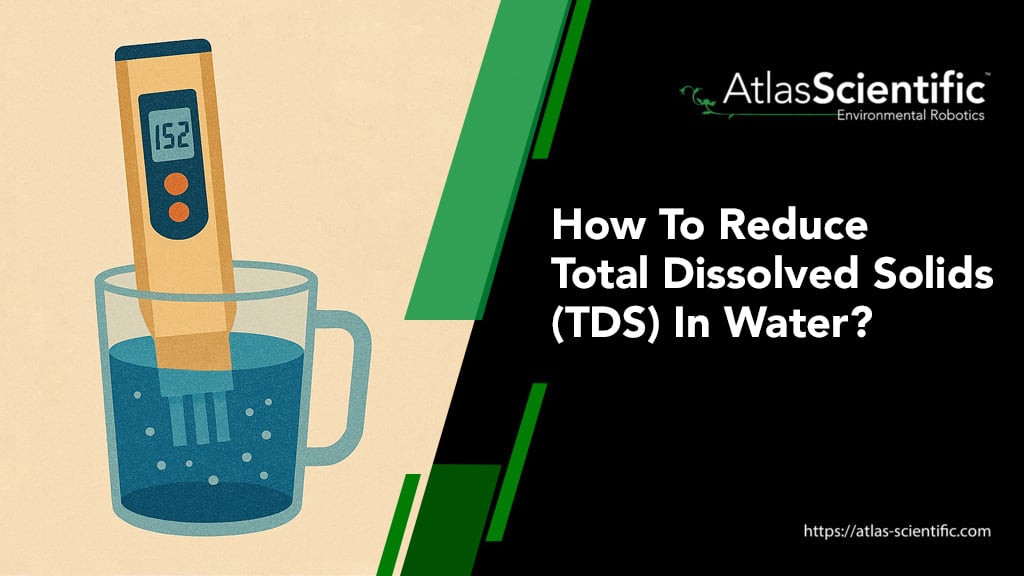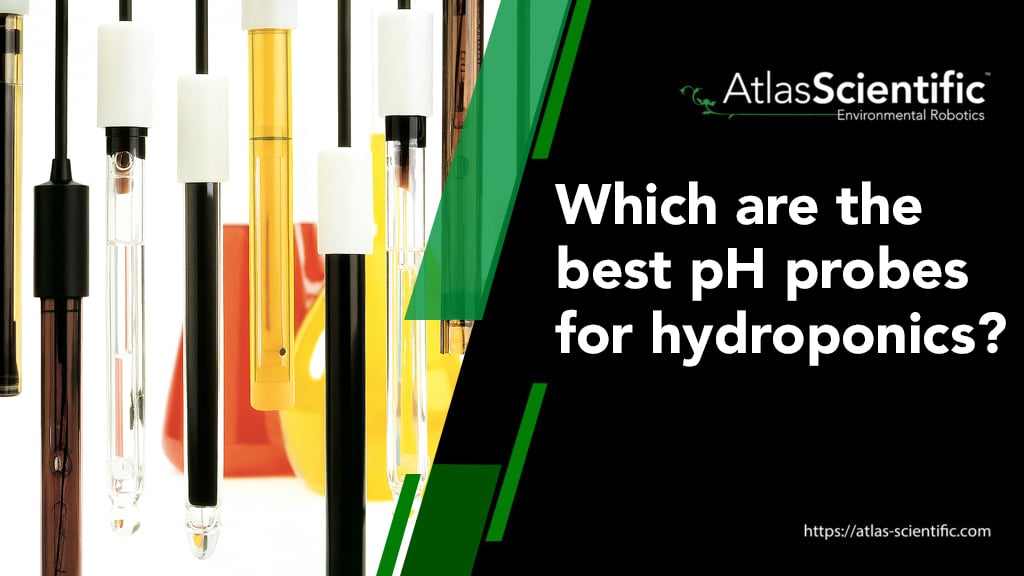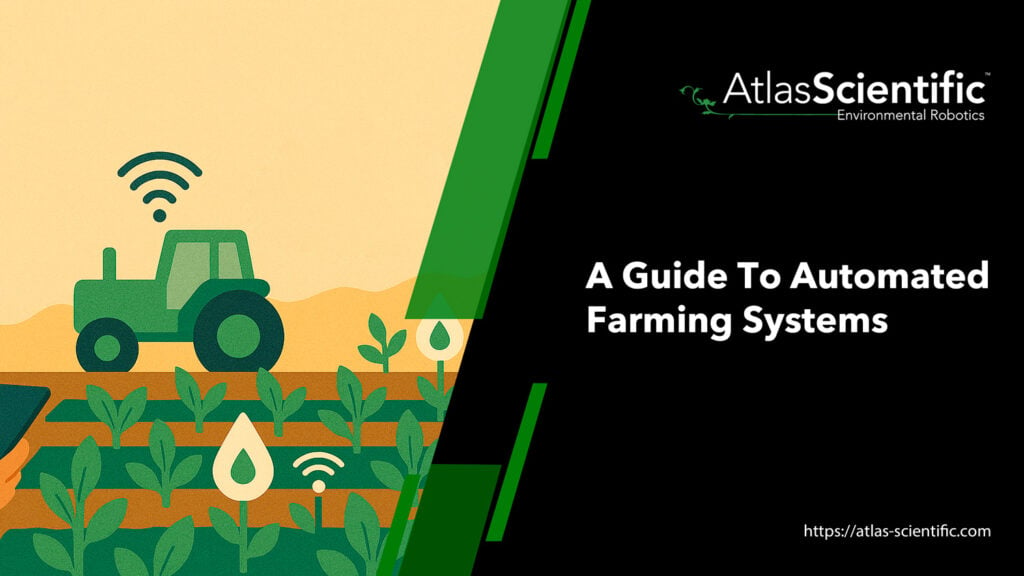
How To Reduce Total Dissolved Solids (TDS) In Water?
The ways to reduce Total Dissolved Solids (TDS) in water are reverse osmosis (most common process, 90-99% removal of dissolved solids using a semi-permeable membrane), distillation (older technology, very pure water produced by evaporating and recondensing water), deionization (ion exchange technology, very pure water for specialty applications), ion exchange (removes offending ions and replaces them […]
How To Reduce Total Dissolved Solids (TDS) In Water? Read More »

















